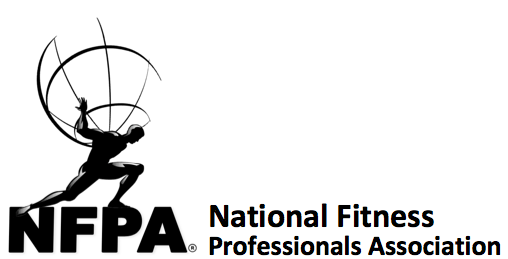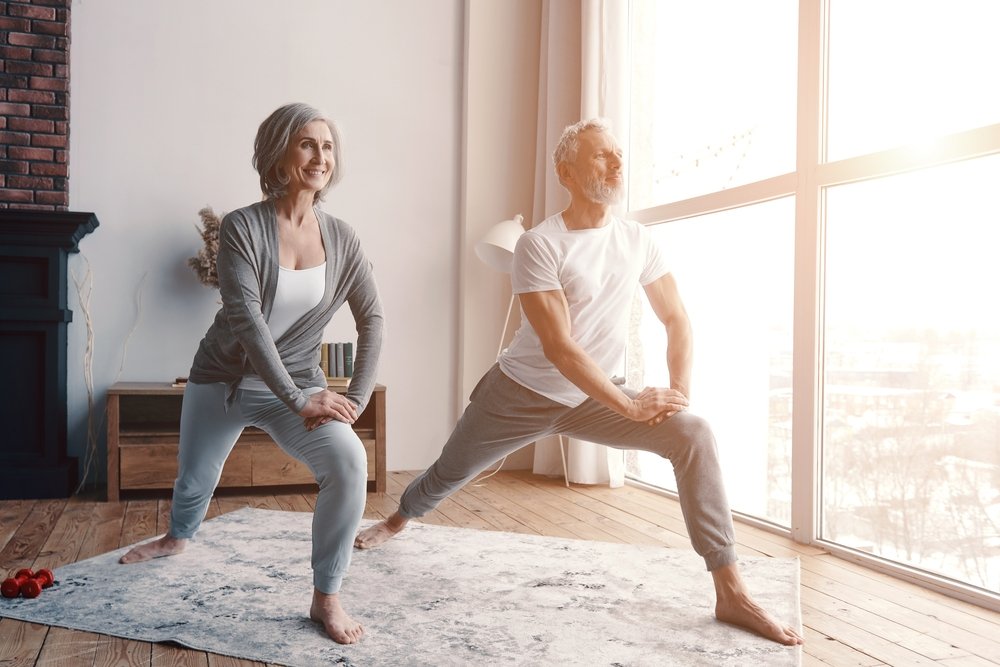enhancing posture in the senior population
effective exercises and training programs
Enhancing Posture in the Senior Population: Effective Exercises and Training Programs
As we age, maintaining good posture becomes increasingly important for overall health and well-being. Poor posture can lead to a host of issues, including back and neck pain, decreased mobility, balance problems, and even impaired respiratory function. For seniors, these challenges can significantly impact quality of life, making it essential to incorporate posture-improving exercises into daily routines. This article explores the significance of posture in the senior population, reviews current research, and provides an 8-week exercise program designed to enhance posture.
The Importance of Posture in Seniors
Posture refers to the alignment of the body’s segments, particularly the spine, when standing, sitting, or moving. Good posture helps to evenly distribute the body’s weight, reducing strain on muscles, ligaments, and joints. For seniors, maintaining proper posture is crucial as it can prevent falls, alleviate chronic pain, and improve overall mobility and balance.
With aging, various factors contribute to a decline in posture. These include muscle weakness, joint stiffness, decreased flexibility, and changes in bone density. Additionally, lifestyle factors such as prolonged sitting, lack of physical activity, and poor ergonomic practices can exacerbate these issues, leading to a hunched or stooped posture.
Current Research on Posture and Aging
Research has highlighted the impact of aging on posture and the benefits of targeted exercise interventions. A study published in the Journal of Geriatric Physical Therapy found that older adults who participated in a structured exercise program focusing on strength, flexibility, and balance demonstrated significant improvements in posture and overall functional performance . Another study in the American Journal of Physical Medicine & Rehabilitation emphasized the role of core strengthening exercises in enhancing postural stability among seniors, leading to a reduction in fall risk .
Moreover, recent research indicates that exercises that target the thoracic spine (upper back) are particularly effective in improving posture in older adults. A study in the Journal of Aging and Physical Activity showed that seniors who engaged in thoracic extension exercises experienced better spinal alignment and reduced kyphosis, a common postural issue characterized by an exaggerated forward curvature of the upper back .
Exercise Considerations for Seniors
Before beginning any exercise program, it is essential for seniors to consult with healthcare providers, especially if they have pre-existing conditions or mobility issues. Exercises should be performed slowly and with control, focusing on proper form rather than intensity. It is also important to incorporate a variety of exercises that target different muscle groups involved in maintaining posture, including the core, back, shoulders, and hips.
4-Week Beginner Posture Training Program
This beginner program is designed to gradually introduce seniors to posture-improving exercises. It focuses on building strength, flexibility, and balance.
Week 1-2: Foundational Exercises
Day 1:
Warm-Up: 5-10 minutes of light walking or marching in place.
Seated Pelvic Tilts: Sit on a chair with feet flat on the floor. Slowly tilt the pelvis forward and backward, focusing on engaging the core muscles. Perform 10-15 repetitions.
Wall Angels: Stand with your back against a wall, arms bent at 90 degrees, and press your lower back against the wall. Slowly raise and lower your arms, keeping them in contact with the wall. Perform 10-12 repetitions.
Cat-Cow Stretch: On all fours, alternate between arching your back (cat) and dipping it down (cow). Focus on moving smoothly and breathing deeply. Perform 8-10 repetitions.
Cool-Down: 5-10 minutes of gentle stretching, focusing on the back, shoulders, and hips.
Day 2:
Warm-Up: 5-10 minutes of light walking or marching in place.
Seated Shoulder Blade Squeeze: Sit up straight with arms at your sides. Squeeze the shoulder blades together, hold for 3-5 seconds, and release. Perform 10-15 repetitions.
Hip Flexor Stretch: Stand and take a step back with one foot, keeping both feet flat on the ground. Push your hips forward and hold the stretch for 20-30 seconds on each side.
Thoracic Extension: Sit on a chair and place your hands behind your head. Gently lean back, opening the chest, and hold for a few seconds before returning to the starting position. Perform 8-10 repetitions.
Cool-Down: 5-10 minutes of gentle stretching.
Week 3-4: Progression and Core Engagement
Day 1:
Warm-Up: 5-10 minutes of light walking or marching in place.
Bird-Dog Exercise: On all fours, extend one arm forward and the opposite leg back, keeping the spine neutral. Hold for a few seconds before switching sides. Perform 8-10 repetitions on each side.
Standing Side Leg Lifts: Stand tall with hands on your hips. Lift one leg to the side, keeping the torso straight. Hold for a second before lowering. Perform 10-12 repetitions on each side.
Chest Opener Stretch: Stand in a doorway with arms on the door frame at shoulder height. Step forward and gently stretch the chest. Hold for 20-30 seconds.
Cool-Down: 5-10 minutes of gentle stretching.
Day 2:
Warm-Up: 5-10 minutes of light walking or marching in place.
Plank on Knees: Start on all fours and lower your forearms to the ground. Extend your legs back while keeping your knees on the floor. Hold the plank position, engaging the core, for 10-20 seconds.
Seated Thoracic Rotations: Sit on a chair with your arms crossed over your chest. Slowly rotate your upper body to one side, hold for a second, and return to the center. Perform 8-10 repetitions on each side.
Standing Calf Stretch: Place your hands on a wall and step one foot back. Press the heel into the ground and hold for 20-30 seconds on each side.
Cool-Down: 5-10 minutes of gentle stretching.
4-Week Transition Training Program
This program builds on the foundation established in the first four weeks, introducing more challenging exercises and increasing intensity.
Week 1-2: Building Strength and Flexibility
Day 1:
Warm-Up: 5-10 minutes of light walking or marching in place.
Wall Plank: Stand facing a wall, arms extended at shoulder height. Lean forward, placing your hands on the wall, and hold the plank position for 20-30 seconds.
Seated Rows with Resistance Band: Sit on a chair with a resistance band looped around your feet. Hold the ends of the band, pull back, and squeeze your shoulder blades together. Perform 10-12 repetitions.
Standing Quadriceps Stretch: Stand on one leg and hold the other ankle behind you, pulling the heel toward the buttocks. Hold for 20-30 seconds on each side.
Cool-Down: 5-10 minutes of gentle stretching.
Day 2:
Warm-Up: 5-10 minutes of light walking or marching in place.
Superman Exercise: Lie face down on the floor with arms extended overhead. Lift your arms and legs off the ground simultaneously, holding for a few seconds before lowering. Perform 8-10 repetitions.
Hip Bridge: Lie on your back with knees bent and feet flat on the floor. Lift your hips toward the ceiling, squeezing your glutes at the top. Perform 10-12 repetitions.
Standing Hamstring Stretch: Stand with one foot on a step, keeping the leg straight. Lean forward gently, stretching the hamstring. Hold for 20-30 seconds on each side.
Cool-Down: 5-10 minutes of gentle stretching.
Week 3-4: Advanced Postural Stability
Day 1:
Warm-Up: 5-10 minutes of light walking or marching in place.
Single-Leg Balance: Stand on one leg, holding the position for 20-30 seconds. For added challenge, close your eyes or stand on an unstable surface.
Dead Bug Exercise: Lie on your back with arms extended toward the ceiling and knees bent at 90 degrees. Lower one arm and the opposite leg toward the floor while keeping the lower back pressed into the ground. Return to the starting position and switch sides. Perform 8-10 repetitions on each side.
Chest Opener with Resistance Band: Stand with a resistance band behind your back, holding the ends in each hand. Open your arms wide, stretching the band, and hold for a few seconds before returning to the starting position. Perform 10-12 repetitions.
Cool-Down: 5-10 minutes of gentle stretching.
Day 2:
Warm-Up: 5-10 minutes of light walking or marching in place.
Standing Row with Resistance Band: Anchor a resistance band at waist height. Stand facing the band, hold the ends, and pull back, squeezing the shoulder blades together. Perform 10-12 repetitions.
Wall Sit: Stand with your back against a wall and lower yourself into a seated position, thighs parallel to the ground. Hold for 20-30 seconds.
Standing Hip Flexor Stretch: Step one foot back, keeping both feet flat on the ground. Push your hips forward and hold the stretch for 20-30 seconds on each side.
Cool-Down: 5-10 minutes of gentle stretching.
Summary
Posture is a critical component of overall health, particularly for seniors who may be at increased risk for balance issues, falls, and chronic pain. Engaging in a regular exercise program that targets postural muscles can help maintain and improve alignment, enhance mobility, and reduce discomfort. This 8-week program is designed to gradually build strength, flexibility, and balance, making it suitable for seniors at different fitness levels.
Conclusion
Maintaining good posture is essential for seniors to enjoy an active and independent lifestyle. With the right exercises and consistent practice, it is possible to improve posture and prevent many of the common issues associated with aging. This 8-week program provides a structured approach to enhancing posture, starting with foundational exercises and progressing to more advanced movements. By prioritizing posture, seniors can enhance their overall quality of life, reduce the risk of injury, and maintain functional independence well into their later years.

